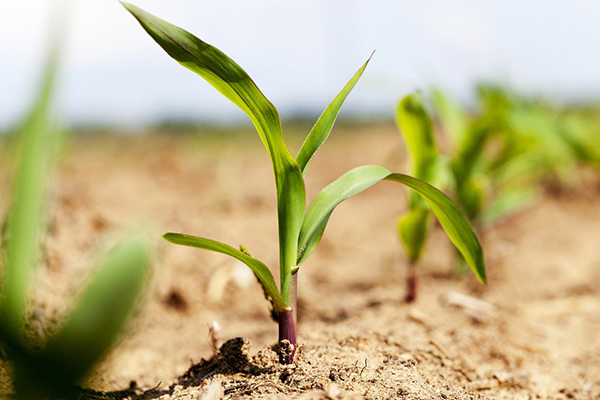Spring is here and planting season will shortly be in full force. The U.S. Department of Agriculture projects farmers will plant a record 182 million farmland acres of corn and soybeans in 2021. While for most, planting is the main priority, understanding financial positioning now can set up your operation for the future. Here a few steps to maximize success:
1. Review previous years’ financials and build a budget. Review your previous years’ financials to see where things went right and where things went wrong. Understanding and tracking where you are year over year will create a trendline and will determine where you are headed as an operation.
Then, think about creating a budget for the upcoming operating cycle. Creating the budget for the upcoming year, will give you a good idea of your breakeven and if you can reasonably expect to make a profit. If the bottom line is negative, take a deeper dive to find opportunities to improve your margin. Whether that is eliminating unneeded expense, changing your crop mix and/or refining your marketing plan. Some of the most common overpaid expenses are chemicals, rent, and equipment leases. Continuously upgrading machinery year over year is not necessary.
2. Get to know your financial ratios. Understanding your financial ratios will give you a good idea where your operation currently stands. Hone in on working capital and balance sheet leverage (debt to asset). Working capital is calculated by taking current assets minus current liabilities. Most ag lenders target working capital to expense at 20%.
If that number is close to zero, or worse, negative, you may need to consider a restructure or change to the structure of the operation. Debt-To-Asset specifically measures the amount of debt the business or farm has when compared to the total assets owned by the business or farm. 50% – 60% is acceptable, but under 50% is ideal.
3. Consider consolidating debt. Review your debt and see if consolidating will benefit your operation. Restructuring debt by moving carry-over losses and short-term amortizing debt onto the real estate may reduce annual principal and interest obligations and rebuild working capital. Working capital funds day-to-day operations and represents a company’s ability to pay its current liabilities with its current assets.
The cost of working capital is related to an operation’s current liability expenses relative to its current assets. The goal of working capital management is to maximize operational efficiency and reducing capital costs.
4. Update balance sheet and review land trends for real estate value. Update your assets; find out your current, intermediate, and long-term situations. Reevaluating your assets is a task that can often be skipped in a continuously changing real estate and machinery market.
Review your state’s land market trends, usually provided by the state university or ASFMRA. While there may be certain sales around your farm that can lead you to believe your value per acre has risen, that is not always the case. Understanding your land class, average county values, and market activity will help make an accurate estimation of your real estate value.





